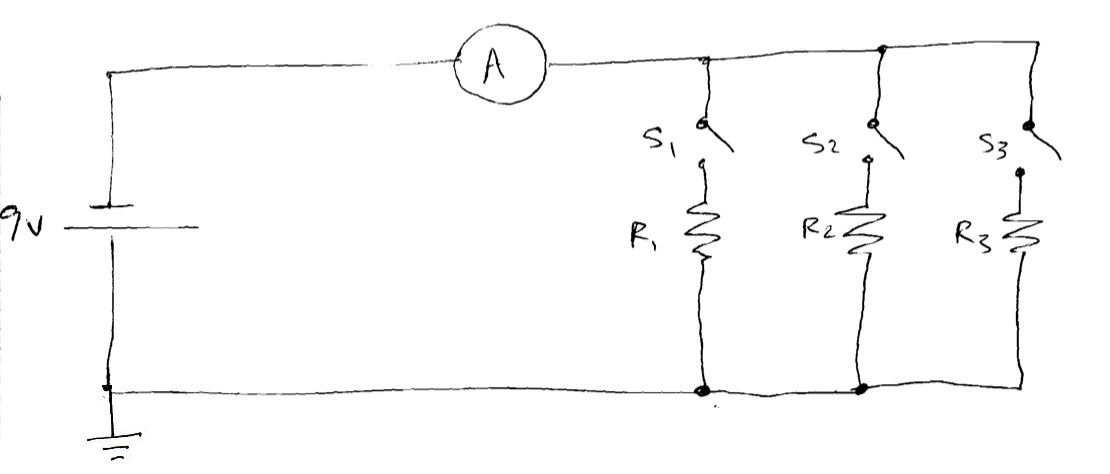Write CLP(R) rules to find paths through a maze. The maze has various destinations (which for some strange reason are named after well-known spots on the UW campus), and directed edges between them. Each edge has a cost. Here is a representation of the available edges:
edge(allen_basement, atrium, 5). edge(atrium, hub, 10). edge(hub, odegaard, 140). edge(hub, red_square, 130). edge(red_square, odegaard, 20). edge(red_square, ave, 50). edge(odegaard, ave, 45). edge(allen_basement, ave, 20).The first fact means, for example, that there is a edge from the Allen Center basement to the Atrium, which costs $5 (expensive maze). These edges only go one way (to make this a directed acyclic graph) --- you can't get back from the Atrium to the basement. There is also a mysterious shortcut tunnel from the basement to the Ave, represented by the last fact.
You can use these facts directly as part of your program -- copy them and paste them into the start of your solution. You should also write rules that define the path relation:
path(Start, Finish, Stops, Cost) :- ....This succeeds if there is a sequences of edges from Start to Finish, through the points in the list Stops (including the start and the finish), with a total cost of Cost. For example, the goal path(allen_basement, hub, S, C) should succeed, with S=[allen_basement, atrium, hub], C=15. The goal path(red_square, hub, S, C) should fail, since there isn't any path from Red Square back to the HUB in this maze.
The goal path(allen_basement, ave, S, C) should succeed in four different ways, with costs of 20, 200, 195, and 210 and corresponding lists of stops. (It doesn't matter what order you generate these in.)
Hint: if you have trouble with this question, solve a simplified version first, in which you omit the list of stops and the cost. Then first modify your solution to include the cost, then after that's working add the stops.
cp ~borning/clpr/resistors.clpr .You shouldn't need to modify this file. You can then read in both the resistors file and your own additions (say in a file assign6.clpr) using this command in CLP(R):
[resistors, assign6].
Define two rules that define how a switch operates. The rules should take 3 arguments: 2 leads, and a position. The position will be either open or closed, and your switch should define the appropriate constraints depending on the position. So the rules might look like this:
switch(lead(I1,V1), lead(I2,V2), open) :- ..... switch(lead(I1,V1), lead(I2,V2), closed) :- .....(You may want to use constants or expressions in place of some of the variables, but the two rules should have this general form.)
Using the switch and the other rules in resistors.clpr you can define a simple_circuit rule that builds the following circuit. This rule should have two arguments: the state of the switch, and the amperes shown by the ammeter.

To help you get started here's a definition:
simple_circuit(State,Amps) :- battery(B1,B2,10), ammeter(A1,A2,Amps), switch(S1,S2,State), resistor(R1,R2,100), electrical_ground(G), connect([B2,A1]), connect([A2,S1]), connect([S2,R1]), connect([R2,B1,G]).Try invoking simple_circuit with the switch open, and then closed; and also with the switch state left as a variable.

Use this rule to find the current when all the switches are closed and R1=10, R2=20, R3=30. Also, still with R1=10, R2=20, and R3=30, use the rule to find all settings for the switches such that the current is at most 0.8 amperes.